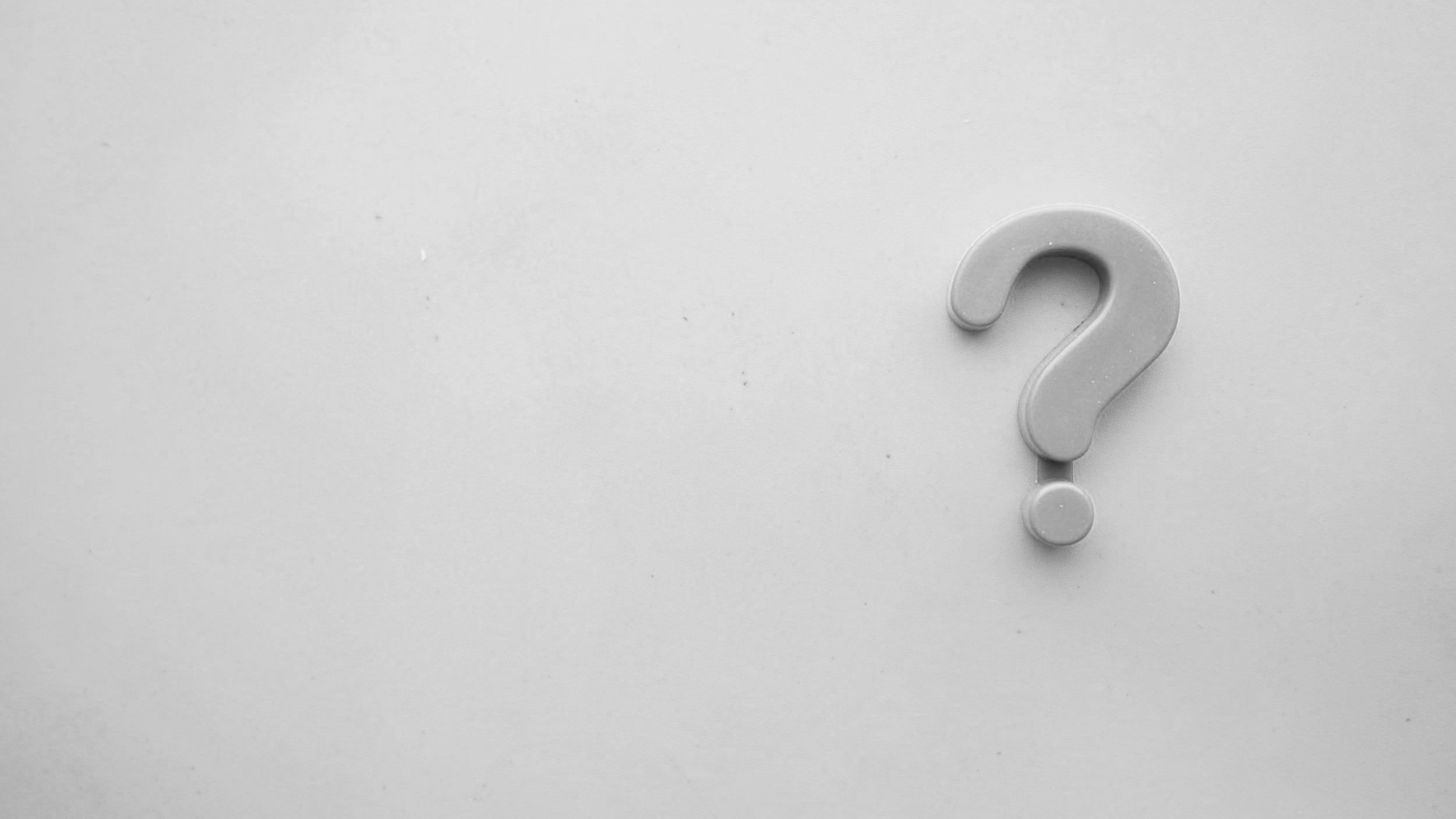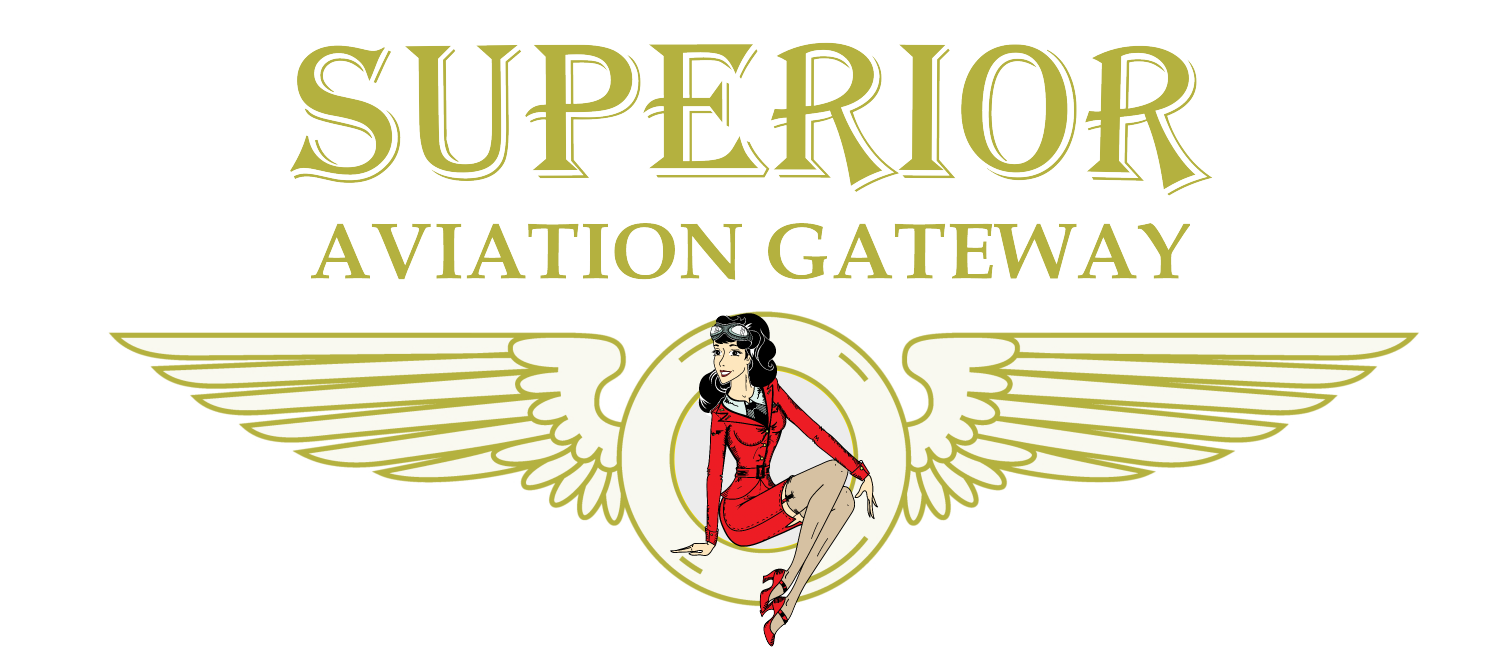
Frequently Asked Questions
-
For your investment, you will acquire the basic skills needed to safely enjoy an extraordinary and unique activity for years to come —a pilot’s license never expires! Cost can vary based on several factors highlighted below. Here at Superior we aim to make your flight training as affordable and enjoyable as possible without imposing additional stress due to financial expenses. While the national average for your Private Pilote Certificate can range from $15k-$20K for about 60-75 Hours, Superior offers competitive and well below the national average, package prices that are much more affordable.
Flight Training:
This is the largest expense, encompassing the cost of renting the aircraft and instructor fees.
Aircraft Rental: Expect to pay around $160-$200 per hour for a training aircraft.
Instructor Fees: Instructors typically charge around $55-$75 per hour.
Ground School:
This includes the cost of ground school materials and fees for the written exam.
Ground School: Can range from $500 to $2000.
Exams:
You'll need to pay for the written exam and the practical (checkride) exam.
Written Exam: Costs around $175.
Checkride: The cost of the checkride can vary depending on the examiner and location, but expect to pay around $800.
Other Costs:
Study Materials: You'll need to purchase study materials, such as textbooks and charts.
Flight Gear: Consider the cost of a headset, kneeboard, and other flight-related gear.
Medical Certificate: You'll need a 3rd-class medical certificate, which costs around $150.
Factors Affecting Cost:
Location: Costs can vary depending on the location of the flight school and the cost of living.
Flight School: Different flight schools may have different pricing structures.
Aircraft Type: The type of aircraft used for training can impact the cost.
Flight Hours: The number of flight hours required to complete the training can vary.
-
The aviation industry has almost limitless possibilities. The most basic application of getting a pilot’s certificate allows the individual to fly friends and family just about anywhere, even to just go have some fun checking out local landmarks or visiting more friends and family.
Other professional careers also exist: Flying banners over sporting events, pulling gliders for other individuals learning how to fly, spraying crops for farmers, running sight seeing tours for out of towners, operating jump planes for skydivers. Or there is always the private side of things flying charter jets for individuals willing to pay you to be their personal driver. You can even be an air ambulance pilot.
Then there's the "big iron" to work towards. Flying huge airlines across the continents and oceans. The opportunities are everywhere.
-
The FAA requires a minimum of 40 hours of flight time to obtain a Private Pilot Certificate. However, the national average varies between 60-80 hours.
Note: These times are for flying and do not include any time spent studying on the ground with an instructor or self studying at home.
-
Absolutely! All previous flight hours can be credited to total flight time and any previous flight training can be utilized towards the appropriate rating as long as the applicant is proficient in the areas of flight training received.
-
Since 9/11, proof of citizenship documents are required before any flight instruction can begin. Acceptable documents include any of the following:
Original or government-issued birth certificate AND a government-issued picture ID or,
Valid, unexpired US Passport or,
Original Certificate of US Citizenship with raised seal or Certificate of Repatriation AND a government-issued picture ID or,
Original US Naturalization Certificate with raised seal AND a government-issued picture ID.
For Non-Us Citizen, you will be required to complete the Flight Training Security Program (FTSP)
AOPA has an excellent step-by-step information guide here:
https://www.aopa.org/advocacy/pilots/alien-flight-training-program
-
While there is no specific age requirement to learn how to fly, the FAA does require a minimum age of 16 to fly an aircraft by yourself, and 17 to obtain the certificate and fly with passengers. But really, there's no wrong age to start learning!
-
You don't need a student pilot certificate to take flying lessons, but you will need it before you can fly solo!
You must complete an application through IACRA: iacra.faa.gov
An authorized individual will process your application and submit the required documents to the Airmen Certification Branch. Once reviewed by Airman Certification Branch, the student pilot certificate will be mailed to the address provided by you on the application.
-
No, a medical certificate is not required to begin training, but it is required before you can solo. It’s a good idea to go ahead and get an FAA medical early in your training so you are aware of any conditions that may prevent you from obtaining a medical.
-
To determine the medical class required for your training, it is essential to identify the type of pilot certificate you are pursuing.
First-Class Medical Certificate: Required for airline transport pilots.
Second-Class Medical Certificate: Necessary for commercial pilots.
Third-Class Medical Certificate: This is the minimum requirement for private pilots.
Depending on your goals, you should consult with an aviation medical examiner to assess your eligibility and ensure you meet the necessary standards for your chosen training pathway.
-
1. Complete an application in MedXPress: medxpress.faa.gov
2. Find a local Aviation Medical Examiner (AME): designee.faa.gov/designeeLocator
More info: www.faa.gov/pilots/medical_certification/get
-
To obtain an FAA Private Pilot Certificate applicants must complete the following exams:
Knowledge Test (Written Exam): This a 60 multiple-choice question exam. A passing score requires answering 70% or more of the questions correctly.
Practical Test (Checkride): This consists of two parts: an oral examination and a flight test in accordance with the Airmen Certification Standards (ACS). The flight test requires the applicant to demonstrate the ability to operate the aircraft safely and competently under the supervision of an FAA examiner.
-
Learning how to fly can vary in difficulty depending on individual circumstances and commitment. The journey requires dedication, time, and practice, but with perseverance and the right resources, many find the experience rewarding and achievable.
-
Yes! There are several means to alleviate motion sickness. Over time, symptoms dissipate and may eventually go away completely.
-
Yes! We work very hard to make our flight training the safest and most fun experience possible for our students. Although there are risks involved in all adventures, our airplanes are meticulously maintained and our flight instructors are very well trained.
-
Superior Aviation Gateway is a Part 61 flight training school that follows a meticulous syllabus of which is structured much like a 141 school without the limitations.
-
Right away! We have ongoing enrollment year-round.
Call us to get started!
